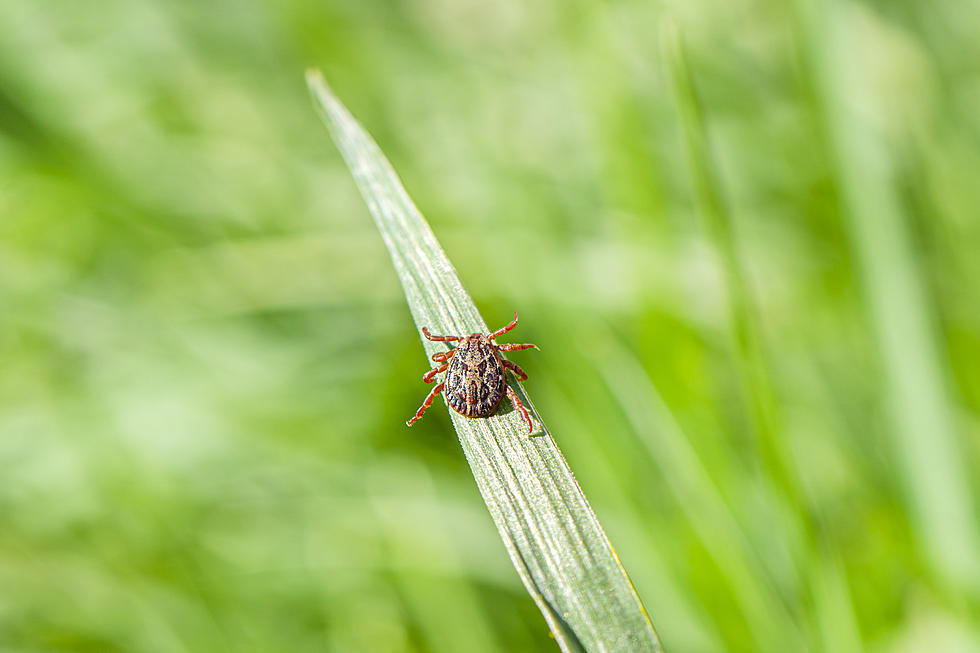
As Tick Season Kicks Off, CDC Reminds Public To Be Vigilant For Tiny Ticks And Take Steps To Prevent Bites
Can you see all the ticks on the muffin above? Believe it or not, there are several. Ticks can be small and hard to spot, and that's part of the message the CDC is trying to drive home. While we try to make the most of the precious few months of warm weather the Northland gets each year, the CDC is reminding the public to be vigilant and take precautions to avoid ticks and the nasty diseases they can carry.
While some ticks, like an adult woodtick, are easier to spot, some ticks can be much smaller and harder to find when doing a self-exam after being outdoors. The CDC shared an illustration on their Twitter account recently, exhibiting how tiny some ticks can be.
The first defense in preventing tick bites and any of a long list of diseases they carry is by preventing them from getting on you in the first place. The CDC recommends avoiding direct contact with wooded and brushy areas with high grass or leaf litter, including staying in the center of walking trails to minimize contact opportunities. Avoiding this isn't always possible, so using repellents on both skin and clothing is a good secondary measure.
The agency recommends a repellent that contains at least 20% deet, picaridin, or IR3535 on exposed skin for protection that lasts several hours. While there are a number of homemade options offered online, these three options are the only ones the CDC recommends to ensure the best possible protection. Of course, adults should apply repellent to children to ensure the best possible coverage and avoid contact with eyes or mouth. For clothing, products containing permethrin are recommended. You can either treat your clothing, boots, and other outdoor gear yourself, or purchase items that are pre-treated. The CDC says permethrin will still offer protection through several washes.
Finally, you should bathe as soon as possible after spending time outdoors. The recommendation is within 2 hours. Completing a full check on yourself, children, and pets as soon as possible is crucial to catching the insects before they bite. Pay particular attention to areas like under arms, behind knees, belly buttons, around and inside ears, around the waist, and in hair. The CDC also recommends tumble-drying clothing on high heat for 10 minutes to kill ticks that may have been in the clothing. If the clothing is damp, you may need to add additional time. If you need to wash the clothing first, hot water is recommended, as it will do a better job of killing ticks. If clothing can't be washed in hot water, they recommend tumble-drying after washing on low heat for 90 minutes or on high heat for 60 minutes.
If you do end up having a tick bite you, the CDC says it is important to make sure the whole tick is removed. If you develop any symptoms after a tick bite, you should see a doctor and be sure to tell the doctor when the bite was, where you may have gotten the tick, and as much other information as you can about the bite.
More From B105









